At a live conference yesterday, Google announced a plethora of new products: A new Chromecast with better Wi-Fi reception, Chromecast Audio designed to connect to speakers—both $35—and a new Android tablet called the Pixel C, which is the first tablet made by Google. The Tablet looks really good, but starting at $500 and $150 for the keyboard it’s also costly. Or at least seems like it until you compare it to the iPad Pro, which starts at $800. Although I want to get my paws on the Pixel C for review I want to concentrate on the new Google Android 6 phones.
Nexus phones are not designed to be the bleeding edge devices when it comes to power, but they are the bleeding edge when it comes to Google software. The hardware, though, is the first thing people care about, and yet again Nexus is stock Android. This means no pre-loaded bloatware/spyware that you can’t uninstall. No carrier messing with the UI of Android that Google spent millions developing. Also on Nexus you get OS patches, including security patches, right away. Some carriers take months to update critical security holes.
Nexus, though, has limitations, and these are also carried through to the new devices that Google is launching. Both of the 5X and the 6P do not have MicroSD slots or an easily replaceable battery. 32GB is enough normally, unless you load your phone with lots and lots of music (what about the cloud? What are you doing?!) or movies, but of course your needs might vary so be aware of the lack of expansion. It’s never bothered me; I’ve had a personal Nexus 5 from 2013 and it’s been a solid device with no hardware problems. My work device is an iPhone 6, and it’s also a good device.
I use an Android as my own device for flexibility, Nexus devices are easy enough to root, mess around with and rebuild if things go wrong. I like just throwing on my music without going through iTunes, same with videos, comics, whatever. Things are more open and that suits an ex-techie like me. I don’t mind poking about. These days though you don’t need to be a tech, anyone can use an android device as easily as an iPhone. Android and Apple copy from each other very heavily so cross pollination is strong.
The new Nexus 6P is the larger of the two devices; if you’re heavy video watcher or just have big hands, this could be the device you need. It has a 5.7 inch screen, 2560×1440 resolution at 518 PPI and 3GB RAM to drive all that. The Nexus 5X is smaller, at 5.2 inches, 1920×1080 resolution at 423 PPI with 2GB RAM. Not a huge size difference between the two so picking the one you need depends as much on you budget as anything else. The 6P is from a wallet frightening $699 for 32GB, the 5X from $379 for 16GB. You’ll want the $429 32GB version of the 5X if you go for that model.
I have three main needs for my smartphone: I need a responsive smartphone, one that gets security patches quickly, and it must take good photos. My old Nexus 5 is still responsive enough, is patched by Google but only takes OK pictures in daylight while outside (and the wind is in the right direction, the moon needs to be waxing, and so on). The camera on the 2013 Nexus 5 was, with some understatement, not the strongest feature of the device. The new phones are faster, patched by Google and have better cameras, in fact much better cameras. The sensor is a Sony made 12mp f/2.0 aperture sensor with IR laser-assisted autofocus and it’s from their digital camera line-up. The new Nexus phones take a lot better low light photos, the quality improvement should bump them up to the top tier smartphones for taking photos. Google even cheekily copied Apple’s Live Photos feature where a photo is a short video, too.
I didn’t upgrade to the last Google Nexus 6; it was too large for me. I’m really glad that they’re doing a choice of two device sizes this time and excited to try out the new camera. I’m aiming to get myself a Nexus 5X as my next phone, as it hits my sweet spot on functionality and price.
The full specs for the Nexus 6P and 5X are below:
| Nexus 6P | Nexus 5X |
| Android 6.0 Marshmallow
Display 5.7 inches WQHD (2560 x 1440) AMOLED display at 518 ppi 16:9 aspect ratio Corning® Gorilla® Glass 4 Fingerprint and smudge-resistant oleophobic coating
Rear Camera 12.3 MP 1.55 µm pixels f/2.0 aperture IR Laser assisted autofocus 4K (30 fps) video capture Broad-spectrum CRI-90 dual flash
Front Camera 8MP camera 1.4 µm pixels f/2.4 aperture HD video capture (30 fps)
Processors Qualcomm® Snapdragon™ 810 v2.1, 2.0 GHz Octa-core 64-bit Adreno 430 GPU
Memory & Storage RAM: 3 GB LPDDR4 Internal storage: 32 GB, 64 GB, or 128 GB
Dimensions 159.3 X 77.8 X 7.3 mm Weight 178 g Color Aluminium Graphite Frost
Media Dual front-facing stereo speakers 3 microphones (2 front, 1 rear) with noise cancellation Battery⁴ 3,450 mAh battery Fast charging: up to 7 hours of use from only 10 minutes of charging
Wireless & Location LTE cat. 6 Wi-Fi 802.11a/b/g/n/ac 2×2 MIMO, dual-band (2.4 GHz, 5.0 GHz) Bluetooth 4.2 NFC GPS, GLONASS Digital compass Wi-Fi use requires 802.11a/b/g/n/ac access point (router). Syncing services, such as backup, require a Google Account.
Network GSM/EDGE: 850/900/1800/1900MHz UMTS/WCDMA: B1/2/4/5/8 CDMA: BC0/1/10 LTE (FDD): B2/3/4/5/7/12/13/17/25/26/29/30 LTE (TDD): B41 CA DL: B2-B2, B2-B4, B2-B5, B2-B12, B2-B13, B2-B17, B2-B29, B4-B4, B4-B5, B4-B13, B4-B17, B4-B29, B41-B41 Phone is carrier-unlocked with wide-range band support for service providers worldwide. Check with your service provider for more information.
Sensors Fingerprint sensor Accelerometer Gyroscope Barometer Proximity sensor Ambient light sensor Hall sensor Android Sensor Hub
Ports Single USB Type-C Single Nano SIM slot 3.5 mm audio jack
Material Anodized aluminum | Android 6.0 Marshmallow
Display 5.2 inches FHD (1920 x 1080) LCD at 423 ppi Corning® Gorilla® Glass 3 Fingerprint and smudge-resistant oleophobic coating
Rear Camera 12.3 MP 1.55 µm pixels f/2.0 aperture IR laser-assisted autofocus 4K (30 fps) video capture Broad-spectrum CRI-90 dual flash
Front Camera 5 MP 1.4 µm pixels f/2.0 aperture
Processors Qualcomm® Snapdragon™ 808 processor, 1.8 GHz hexa-core 64-bit Adreno 418 GPU
Memory & Storage² RAM: 2 GB LPDDR3 Internal storage: 16 GB or 32 GB
Dimensions 147.0 x 72.6 x 7.9 mm Weight 136 g Color Carbon Quartz Ice
Media Single front-facing speaker 3 microphones (1 front, 1 top, 1 bottom)
Battery 2,700 mAh Battery Fast charging: up to 3.8 hours of use from only 10 minutes of charging
Wireless & Location LTE cat. 6 Wi-Fi 802.11a/b/g/n/ac 2×2 MIMO, dual-band (2.4 GHz, 5.0 GHz) Bluetooth 4.2 NFC GPS / GLONASS Digital compass Wi-Fi use requires 802.11a/b/g/n/ac access point (router). Syncing services, such as backup, require a Google Account.
Network GSM/EDGE: 850/900/1800/1900MHz UMTS/WCDMA: B1/2/4/5/8 CDMA: BC0/1/10 LTE (FDD): B1/2/3/4/5/7/12/13/17/20/25/26/29 LTE (TDD): B41 LTE CA DL: B2-B2, B2-B4, B2-B5, B2-B12, B2-B13, B2-B17, B2-B29, B4-B4, B4-B5, B4-B7, B4-B12, B4-B13, B4-B17, B4-B29, B41-B41 Phone is carrier-unlocked with wide-range band support for service providers worldwide. Check with your service provider for more information.
Sensors Fingerprint sensor Accelerometer Gyroscope Barometer Proximity sensor Ambient light sensor Hall sensor Android Sensor Hub
Ports Single USB Type-C 3.5 mm audio jack Single Nano SIM slot
Material Premium injection molded polycarbonate housing
|
All prices are in USD.
Marcy (@marcyjcook) is an immigrant trans woman and writer. This includes Transcanuck.com, a website dedicated to informing and helping trans Canadians. She also has a nerd job, too many cats, is a part time volunteer sex educator and has an ongoing sordid love affair with Lego. Those last two are not related … probably.
(images via Google)
—Please make note of The Mary Sue’s general comment policy.—
Do you follow The Mary Sue on Twitter, Facebook, Tumblr, Pinterest, & Google +?



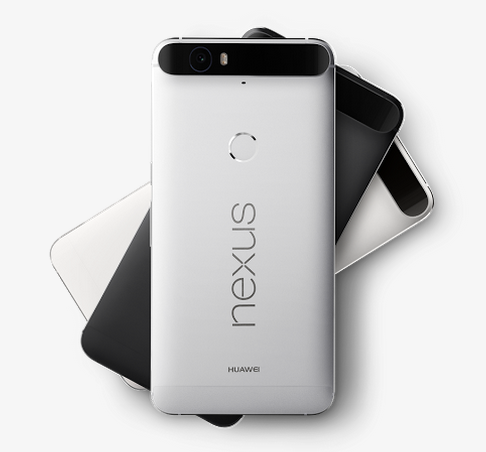
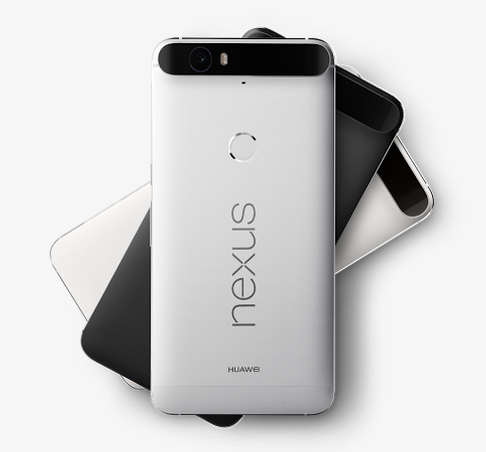
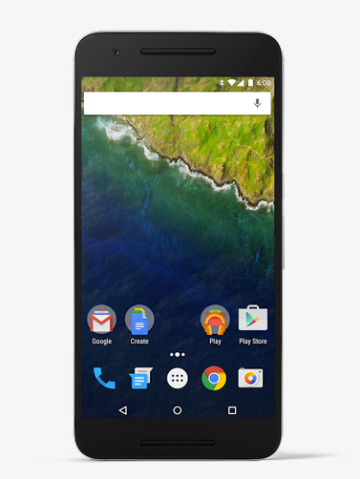
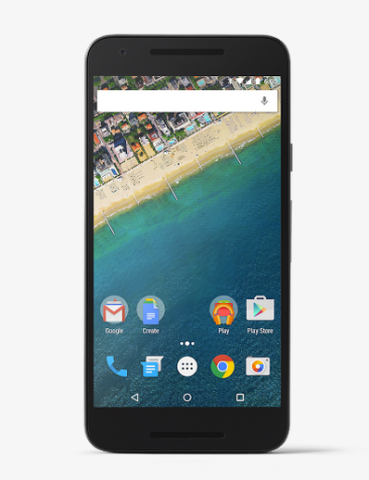
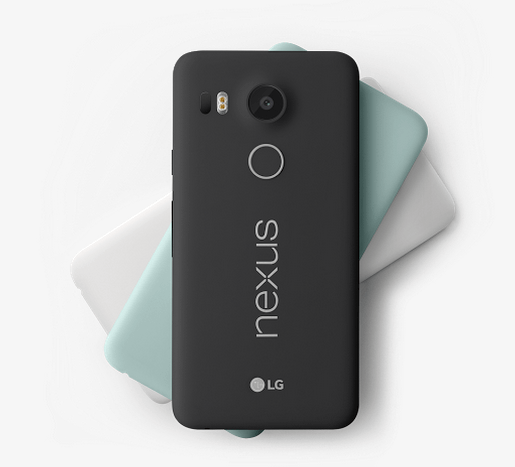





Published: Sep 30, 2015 01:41 pm